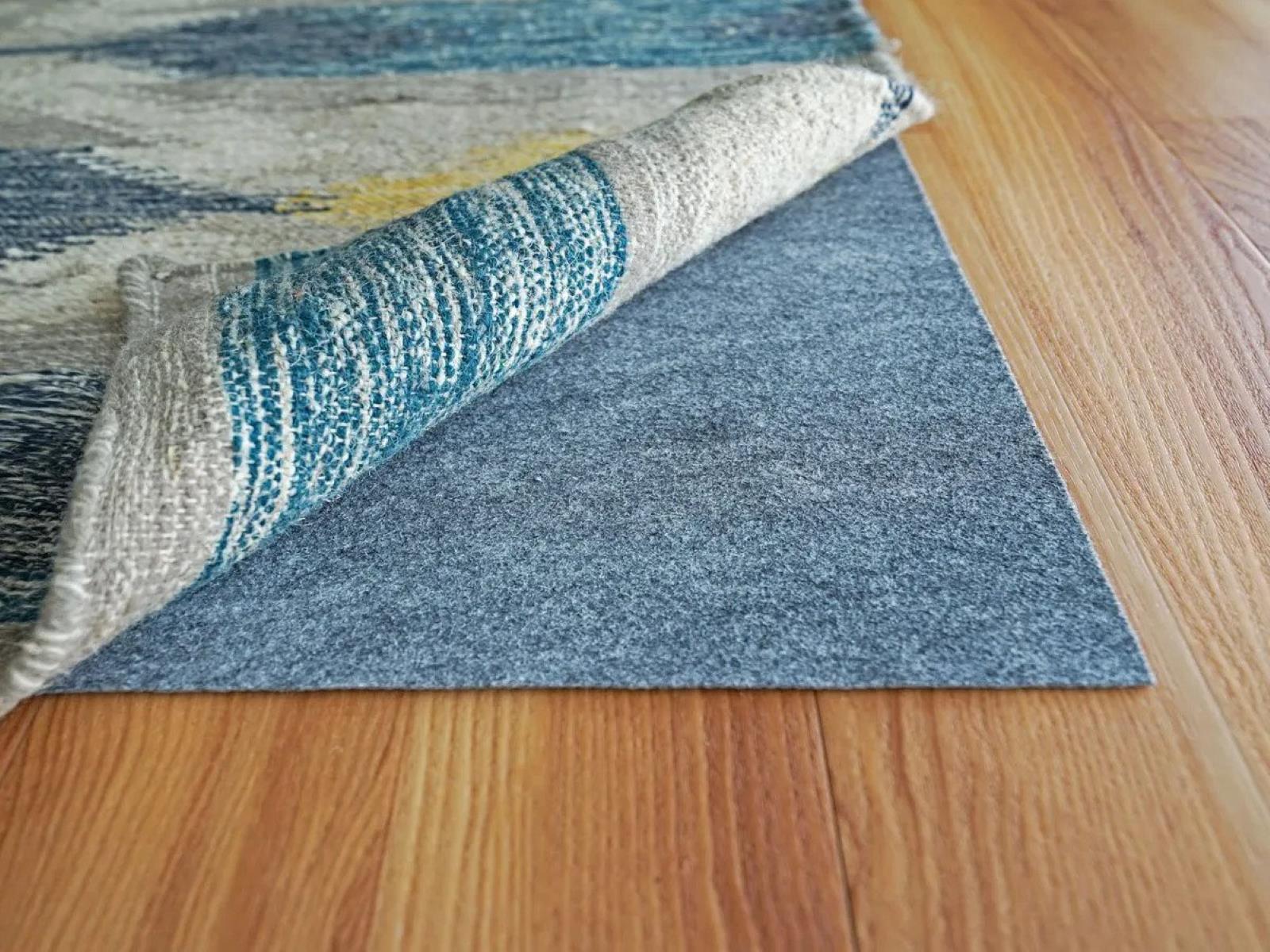

Articles
What Do You Put Under Rugs On Hardwood Floors
Modified: February 24, 2024
Discover helpful articles on what to put under rugs on hardwood floors. Find tips and recommendations to protect your flooring and prevent slipping.
(Many of the links in this article redirect to a specific reviewed product. Your purchase of these products through affiliate links helps to generate commission for Storables.com, at no extra cost. Learn more)
Introduction
Hardwood floors are a beautiful and timeless addition to any home. They bring warmth, elegance, and a touch of nature to your living space. However, when it comes to placing rugs on hardwood floors, there are a few considerations to keep in mind. One of the most important things to remember is to use rug pads.
Rug pads play a crucial role in protecting your hardwood floors from scratches, preventing rugs from slipping and sliding, and extending the lifespan of both your floor and your rugs. They provide a cushioning layer that helps absorb impact and reduce wear and tear. In addition, rug pads can enhance the comfort and stability of your rugs, making them safer to walk on and preventing accidents.
So, what exactly can you put under rugs on hardwood floors? The answer lies in the different types of rug pads available in the market. These rug pads are specifically designed to provide the necessary grip and protection for hardwood floors. In this article, we will explore the importance of rug pads for hardwood floors and the different types available to help you make the right choice for your flooring needs.
Key Takeaways:
- Rug pads are essential for hardwood floors, preventing scratches, enhancing safety, and improving comfort. Non-slip, cushioned, and natural fiber rug pads offer unique benefits, catering to specific needs and preferences.
- Choosing the right size rug pad is crucial for a proper fit and optimal performance. By considering rug dimensions, thickness, and room layout, you can ensure stability, protection, and longevity for both your rug and hardwood floor.
Read more: What Kind Of Rugs To Use On Hardwood Floors
Importance of Rug Pads on Hardwood Floors
Rug pads may seem like a small and insignificant addition to your rug, but they serve a vital purpose when it comes to protecting your hardwood floors. Here are some key reasons why rug pads are important:
- Preventing Scratches: Hardwood floors are susceptible to scratches caused by the abrasion of rug fibers. Rug pads act as a barrier, preventing the rough underside of the rug from coming into direct contact with the floor. This helps to minimize the risk of scratches and keeps your floors looking new for longer.
- Enhancing Grip and Safety: One of the main concerns with placing rugs directly on hardwood floors is the possibility of slips and falls. Rug pads provide grip, keeping the rug in place and preventing it from bunching up or moving around. This creates a safer environment, especially in high-traffic areas or homes with children and seniors.
- Reducing Wear and Tear: Over time, the constant movement and friction between the rug and hardwood floor can lead to wear and tear. Rug pads absorb impact, reducing the pressure applied to the floor and the rug’s fibers. This helps to maintain the integrity of both the floor and the rug, making them last longer.
- Improving Comfort: Rug pads add an extra layer of cushioning, enhancing the overall comfort of your rug. They provide a soft underfoot feel, making your walking and standing experience more comfortable. Whether it’s in your living room, bedroom, or any other space, the added comfort of a rug pad makes a noticeable difference.
- Sound Insulation: If you have an open floor plan or hardwood floors that tend to produce echoes or noise, rug pads can help with sound insulation. The added padding absorbs and reduces sound vibrations, creating a quieter and more peaceful environment.
By considering these factors, you can see why rug pads are an essential accessory for hardwood floors. They not only protect your floors from physical damage but also enhance the safety, longevity, and comfort of your rugs. Now that you understand the importance of rug pads on hardwood floors, let’s explore the different types of rug pads available to find the perfect match for your specific needs and preferences.
Types of Rug Pads Suitable for Hardwood Floors
When it comes to choosing a rug pad for your hardwood floors, there are several options available to meet your specific needs. Here are the most common types of rug pads suitable for hardwood floors:
- Non-Slip Rug Pads: Non-slip rug pads are designed to provide maximum grip and prevent your rugs from sliding or bunching up. These pads typically have a rubber or latex backing that creates friction between the rug and the floor. They are especially important for high-traffic areas or spaces where rugs may be prone to movement. Non-slip rug pads also help to distribute the weight of heavy furniture evenly, preventing pressure marks on the hardwood floor.
- Cushioned Rug Pads: Cushioned rug pads are perfect for adding an extra layer of comfort to your rugs. These pads are usually made with materials like memory foam or felt, providing plush cushioning underfoot. In addition to improved comfort, cushioned rug pads also absorb impact, reducing wear and tear on both the rug and the hardwood floor.
- Natural Fiber Rug Pads: If you prefer eco-friendly options, natural fiber rug pads are a great choice. These pads are typically made from materials like jute or wool, which are renewable and sustainable. Natural fiber rug pads offer good grip, prevent slippage, and provide a firm foundation for your rugs. They are also breathable, allowing air circulation to prevent moisture buildup and potential damage to the hardwood floor.
Each type of rug pad has its own unique advantages, so it’s important to consider your specific needs and preferences when making a choice. Non-slip rug pads are ideal for preventing movement and ensuring safety, cushioned rug pads offer added comfort, and natural fiber rug pads provide a sustainable option. Ultimately, the best rug pad for your hardwood floors will depend on factors such as the rug size and thickness, the level of foot traffic in the area, and your personal preferences.
Now that you have a better understanding of the different types of rug pads available, it’s crucial to ensure you choose the right size rug pad for your specific needs. Let’s dive into this topic in the next section.
Non-Slip Rug Pads
One of the primary concerns when placing rugs on hardwood floors is the risk of slipping or sliding. Non-slip rug pads are specifically designed to address this issue by providing maximum grip and traction. Here’s why non-slip rug pads are an excellent choice for hardwood floors:
- Preventing Accidents: The primary purpose of non-slip rug pads is to keep your rugs securely in place, preventing any accidental slips or falls. These pads are made with materials that create friction between the rug and the floor, ensuring that the rug stays in its designated position, even in high-traffic areas.
- Protecting the Floor: Non-slip rug pads act as a protective barrier between the rough underside of the rug and the hardwood floor. This prevents the rug from scratching or damaging the floor’s surface, preserving its beauty and integrity for years to come.
- Reducing Wear and Tear: By holding the rug in place, non-slip rug pads reduce the likelihood of the rug shifting and bunching up, which can lead to excessive wear and tear. The even distribution of weight and the stability provided by the rug pad helps to extend the lifespan of both the rug and the hardwood floor.
- Suitable for All Rug Sizes: Non-slip rug pads are available in various sizes and can be easily trimmed or cut to fit any rug dimensions. Whether you have a small area rug or a large room-sized rug, you can find the appropriate size of non-slip rug pad to ensure a secure and snug fit.
- Additional Comfort: Some non-slip rug pads also offer a degree of cushioning, providing added comfort underfoot. Although their primary function is to enhance grip, these pads can provide a bit of extra support and softness, making your time on the rug more enjoyable.
When choosing a non-slip rug pad, opt for ones made with a rubber or latex backing, as these materials offer superior grip on hardwood floors. Additionally, make sure that the rug pad is compatible with your specific flooring type, as certain types of hardwood floors may require specific rug pads.
Overall, non-slip rug pads are a wise investment for anyone with hardwood floors. They offer essential safety features, protect your flooring from damage, and ensure that your rugs stay in place. By choosing a high-quality non-slip rug pad, you can enjoy the benefits of both a secure rug and a well-maintained hardwood floor.
Cushioned Rug Pads
If you’re looking to add an extra layer of comfort to your rugs, cushioned rug pads are the perfect choice. These pads are designed to provide a plush and cushioned feel underfoot, and they offer several benefits for both your rugs and hardwood floors:
- Enhanced Comfort: Cushioned rug pads are made with materials like memory foam or felt, which provide a soft and cushioned surface for your rugs. Walking, standing, and sitting on a rug with a cushioned pad feels more comfortable, especially during extended periods of time.
- Impact Absorption: One of the primary functions of cushioned rug pads is to absorb impact. When you step on a rug with a cushioned pad, the padding helps to distribute the pressure and reduces the stress on both the rug fibers and the hardwood floor. This can help prevent wear and tear, keeping your rug and floor in better condition for longer.
- Noise Reduction: Hardwood floors are known for their acoustic properties, which can produce echoes or amplify noise. Cushioned rug pads help to absorb sound vibrations, reducing the noise that resonates through the floor. This can create a quieter and more peaceful environment, especially in areas where sound insulation is important, such as bedrooms or living rooms.
- Temperature Regulation: Cushioned rug pads can also provide thermal insulation, helping to regulate floor temperature. They create a barrier between the cold hardwood floor and your feet, making the rug feel warmer and more comfortable, especially during colder seasons or in homes with poor insulation.
- Longevity for Rugs: The added cushioning and impact absorption provided by these rug pads help to extend the lifespan of your rug by reducing the stress placed on its fibers. By minimizing the wear and tear caused by foot traffic and heavy furniture, cushioned rug pads can help your rug maintain its beauty and durability for years to come.
When selecting a cushioned rug pad, consider the thickness and density of the padding. Thicker pads generally provide a more luxurious and cushioned feel, while denser pads offer better support and compression resistance. It’s also important to choose a cushioned rug pad that is suitable for your specific rug size and thickness.
Overall, cushioned rug pads are an excellent choice for anyone seeking additional comfort and support for their rugs on hardwood floors. Not only do they enhance the softness and comfort underfoot, but they also provide impact absorption, noise reduction, and temperature regulation. With a cushioned rug pad, you can transform your hardwood floor into a cozy and inviting space.
Use a non-slip rug pad to prevent slipping and protect hardwood floors. Look for a pad specifically designed for use on hardwood surfaces to avoid any potential damage.
Read more: What Do You Put Under Fake Grass
Natural Fiber Rug Pads
If you’re looking for an eco-friendly and sustainable option for your hardwood floors, natural fiber rug pads are an excellent choice. These rug pads are made from renewable and biodegradable materials like jute or wool, offering several benefits for both your rugs and the environment:
- Eco-Friendly Material: Natural fiber rug pads are crafted from renewable materials, making them an environmentally conscious choice. Jute, for example, is a fast-growing plant that requires minimal pesticide use and water compared to other crops. Wool, on the other hand, is a natural byproduct of sheep farming. By opting for natural fiber rug pads, you contribute to the sustainability of the planet.
- Air Circulation: Natural fiber rug pads are breathable, allowing air to circulate freely through the rug and the pad. This helps to prevent moisture buildup, which can be detrimental to hardwood floors. Adequate air circulation helps maintain the integrity of your flooring, reducing the risk of mold or mildew formation.
- Rug Protection: Natural fiber rug pads provide a firm and supportive foundation for your rugs, protecting them from wear and tear. The slight cushioning provided by these pads helps to absorb impact and distribute pressure evenly across the rug’s surface, ensuring that the rug fibers remain intact and undamaged.
- Non-Slip Properties: Despite being made from natural fibers, these rug pads offer good grip and help prevent slipping and sliding. Many natural fiber rug pads are treated with natural latex or rubber coatings on the underside to enhance their non-slip properties. This ensures that your rug stays securely in place, reducing the risk of accidents and maintaining a safe environment.
- No Chemical Odors: Natural fiber rug pads are generally free from harmful chemicals or synthetic additives, eliminating the risk of strong chemical odors often associated with synthetic rug pads. This is particularly beneficial for individuals with sensitivities or allergies, as natural fiber rug pads offer a healthier and more eco-friendly alternative.
When choosing a natural fiber rug pad, ensure that it is specifically designed for hardwood floors. Look for pads with a latex or rubber backing, as these provide optimal grip and protection. It’s also important to consider the thickness and density of the rug pad, as this will affect the overall feel and support it provides.
Overall, natural fiber rug pads offer a sustainable and eco-friendly solution for protecting your hardwood floors. They provide a non-slip surface, allow for proper air circulation, and are made from renewable materials. By opting for natural fiber rug pads, you can enjoy the benefits of a safer and more eco-conscious home.
Choosing the Right Size Rug Pad
When it comes to rug pads, choosing the right size is crucial for ensuring a proper fit and optimal performance. Here are some factors to consider when selecting the size of your rug pad:
- Rug Dimensions: The most important consideration is the size of the rug itself. Measure the length and width of your rug accurately to determine the appropriate rug pad size. Ideally, the rug pad should be slightly smaller than the rug, allowing the edges of the rug to taper down to the floor smoothly.
- Rug Thickness: Take into account the thickness of your rug when selecting a rug pad. If your rug is thin, opting for a thinner rug pad will provide a better fit. Conversely, if your rug is thick, you might want to choose a slightly thicker rug pad to maintain a consistent height and prevent potential tripping hazards.
- Room Layout: Consider the layout and placement of your furniture in the room. If your rug extends under furniture, it’s generally recommended to choose a rug pad that’s slightly smaller than the visible portion of the rug. This allows the furniture to rest on the rug, providing stability and preventing accidental movement.
- Trimming Options: Many rug pads can be easily trimmed or cut to fit your desired size. If you can’t find a rug pad that perfectly matches your rug dimensions, opt for a larger size that can be trimmed down. Ensure that you follow the manufacturer’s instructions and use proper tools to trim the rug pad accurately.
- Custom Sizes: In some cases, you may have a unique rug shape or size that requires a custom-sized rug pad. In these situations, it’s best to consult with a professional or seek out a rug pad supplier that offers custom-sizing options. This way, you can ensure a perfect fit for your particular rug.
Remember, a properly sized rug pad should be invisible under the rug, with the edges of the rug extending slightly beyond the pad. It should provide a stable and secure foundation for the rug, preventing slips and enhancing comfort.
By choosing the right size rug pad, you can maximize the benefits of using a rug pad on your hardwood floors. It ensures proper coverage, enhances the rug’s stability, and protects both your rug and the flooring. Take the time to measure carefully and select a rug pad that complements the size and thickness of your rug, and you’ll enjoy the perfect pairing of comfort and functionality.
Precautions and Tips for Using Rug Pads on Hardwood Floors
While rug pads are highly beneficial for protecting your hardwood floors and enhancing the performance of your rugs, it’s important to keep a few precautions and tips in mind to ensure the best results. Here are some key considerations when using rug pads on hardwood floors:
- Clean and Dry Floors: Before placing a rug pad on your hardwood floor, ensure that the floor is clean, free from any dust or debris. It’s recommended to thoroughly vacuum or sweep the area prior to installation. Additionally, make sure the floor is completely dry to prevent any moisture from getting trapped beneath the rug pad, which can potentially damage the floor.
- Quality Rug Pads: Invest in high-quality rug pads made specifically for hardwood floors. Cheap or low-quality rug pads may use materials that can stick to or discolor the hardwood surface over time. Look for rug pads with rubber or latex backing that are specifically designed for use on hardwood floors.
- Check for Compatibility: Ensure that the rug pad you choose is compatible with your specific type of hardwood flooring. Some finishes or treatments may require specific types of rug pads to avoid any potential damage. If you’re unsure, consult with the rug pad manufacturer or your flooring professional for guidance.
- Regular Cleaning and Maintenance: To prevent any dirt or debris from accumulating underneath the rug pad, periodically lift and clean both the rug and the pad. This will help maintain the cleanliness of your hardwood floor and prevent any potential scratches or discoloration caused by trapped particles.
- Rotate Your Rugs: Over time, rugs can create indentations on hardwood floors due to foot traffic or weight distribution. To minimize the risk of these indentations becoming permanent, regularly rotate your rugs. This will help distribute the weight more evenly and allow the hardwood floor to recover its original appearance.
- Proper Installation: When installing a rug pad, ensure that it fully covers the area where the rug will be placed. Avoid leaving any gaps or overlaps between the rug pad and the rug itself, as this can lead to uneven pressure and potential damage to the floor. The rug pad should fit snugly and lie flat on the floor.
By following these precautions and tips, you can ensure that your rug pads provide maximum protection for your hardwood floors while enhancing the performance and longevity of your rugs. Taking proper care of your rug pads and hardwood floors will create a safe, comfortable, and visually appealing environment within your home.
Conclusion
Rug pads are essential accessories when it comes to placing rugs on hardwood floors. They provide a range of benefits that help protect your floors, enhance the performance of your rugs, and create a safer and more comfortable living environment. By choosing the right type of rug pad and following proper precautions, you can ensure a seamless and enjoyable experience with your rugs on hardwood floors.
Non-slip rug pads offer maximum grip, prevent accidents, and protect the floor from scratches and wear. Cushioned rug pads provide extra comfort, absorb impact, and reduce noise. Natural fiber rug pads offer eco-friendly options, allow for air circulation, and protect the floor while providing grip.
When selecting a rug pad, it’s important to consider factors such as the size and thickness of your rug, room layout, and the specific needs of your hardwood floors. Choosing the right size rug pad ensures a proper fit, stability, and protection for both your rug and your floor. Cleaning and maintaining your rug pads, along with regular rug rotation, further ensure the longevity and beauty of your hardwood floors.
In conclusion, rug pads play a crucial role in preserving the integrity and appearance of your hardwood floors. They provide a cushioning layer, prevent slipping, absorb impact, and reduce wear and tear on both the rug and the floor. By investing in high-quality rug pads and following proper installation and maintenance guidelines, you can enjoy the benefits of a safe, comfortable, and visually appealing living space for years to come.
Frequently Asked Questions about What Do You Put Under Rugs On Hardwood Floors
Was this page helpful?
At Storables.com, we guarantee accurate and reliable information. Our content, validated by Expert Board Contributors, is crafted following stringent Editorial Policies. We're committed to providing you with well-researched, expert-backed insights for all your informational needs.
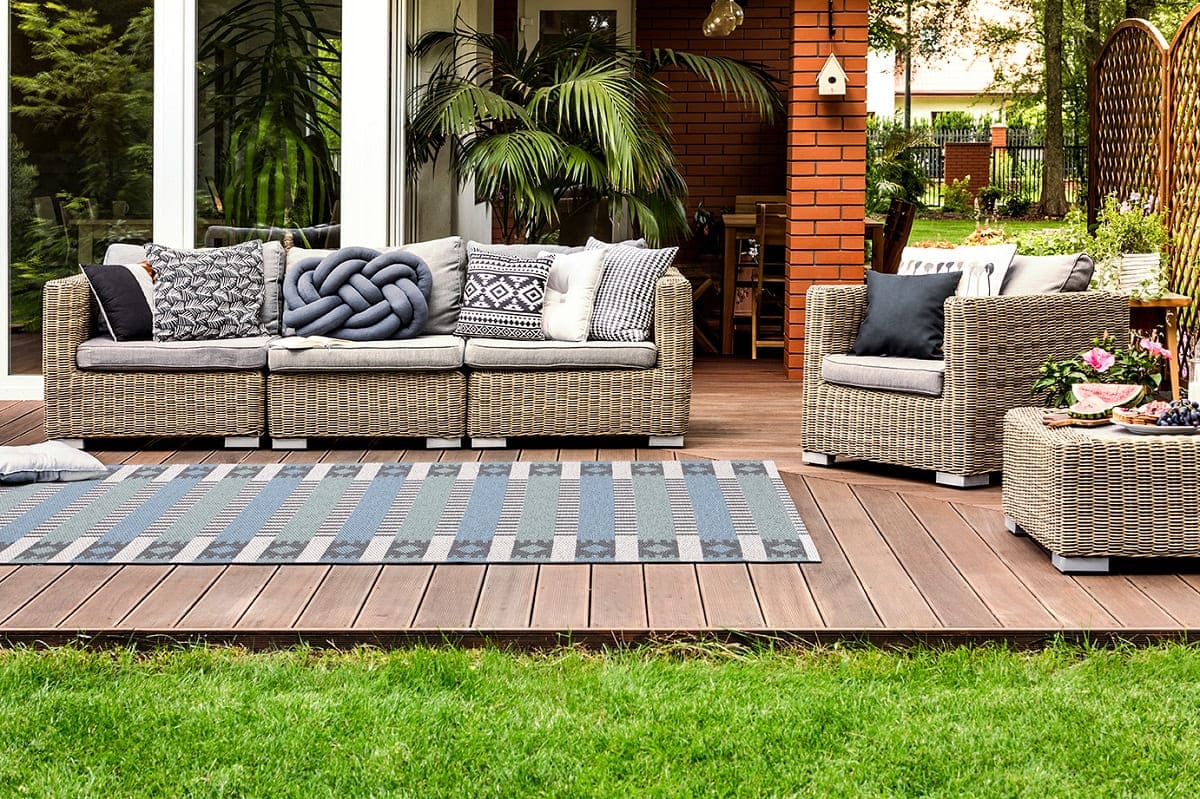
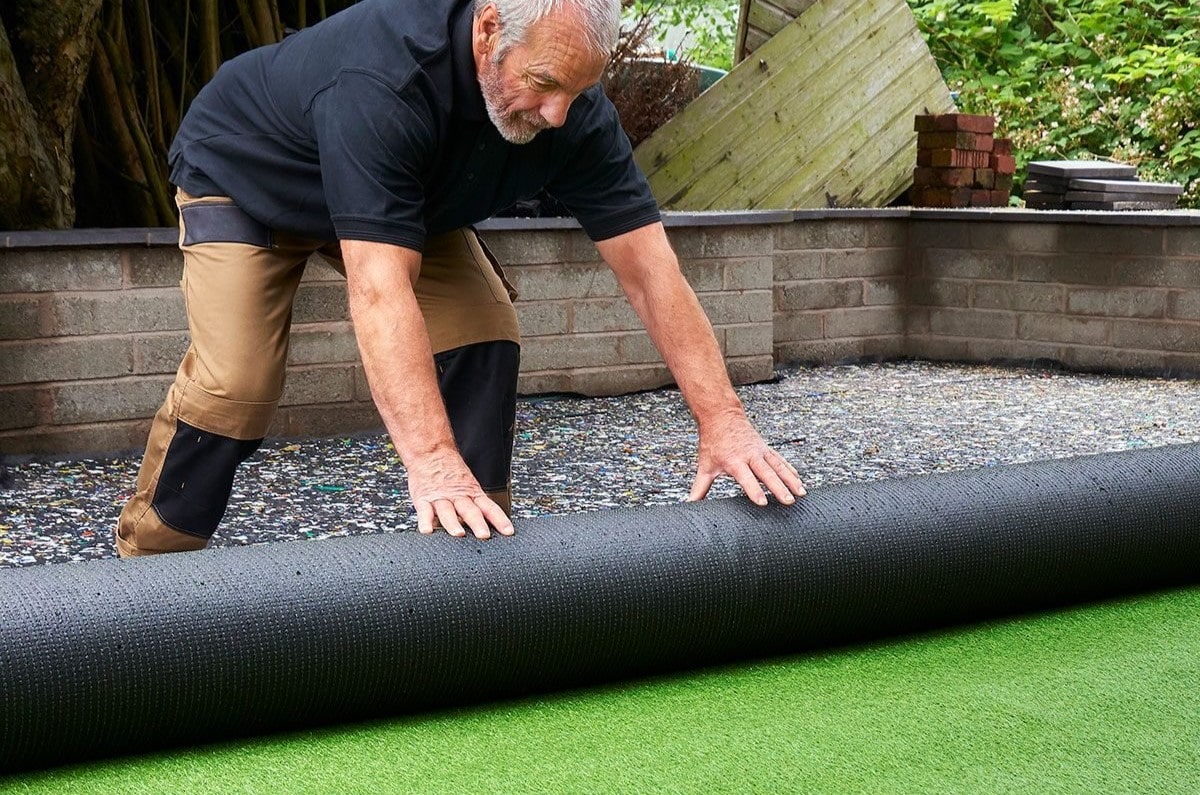
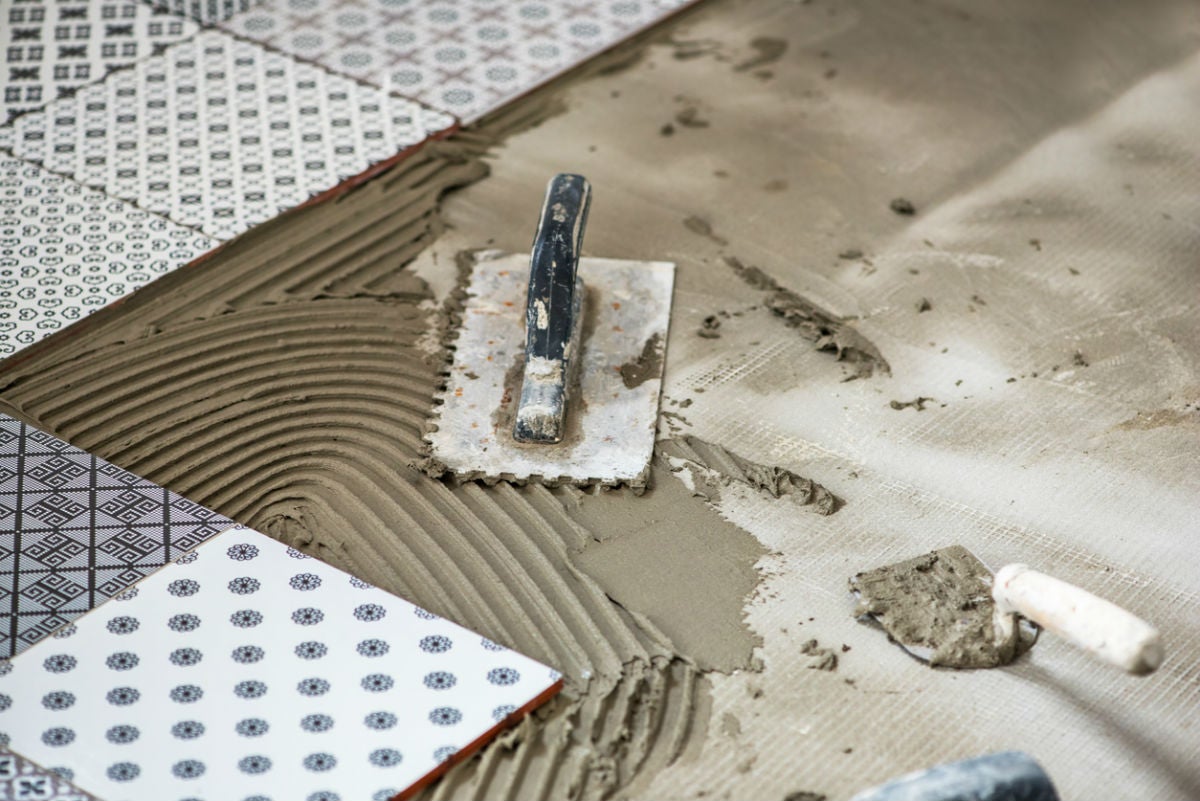
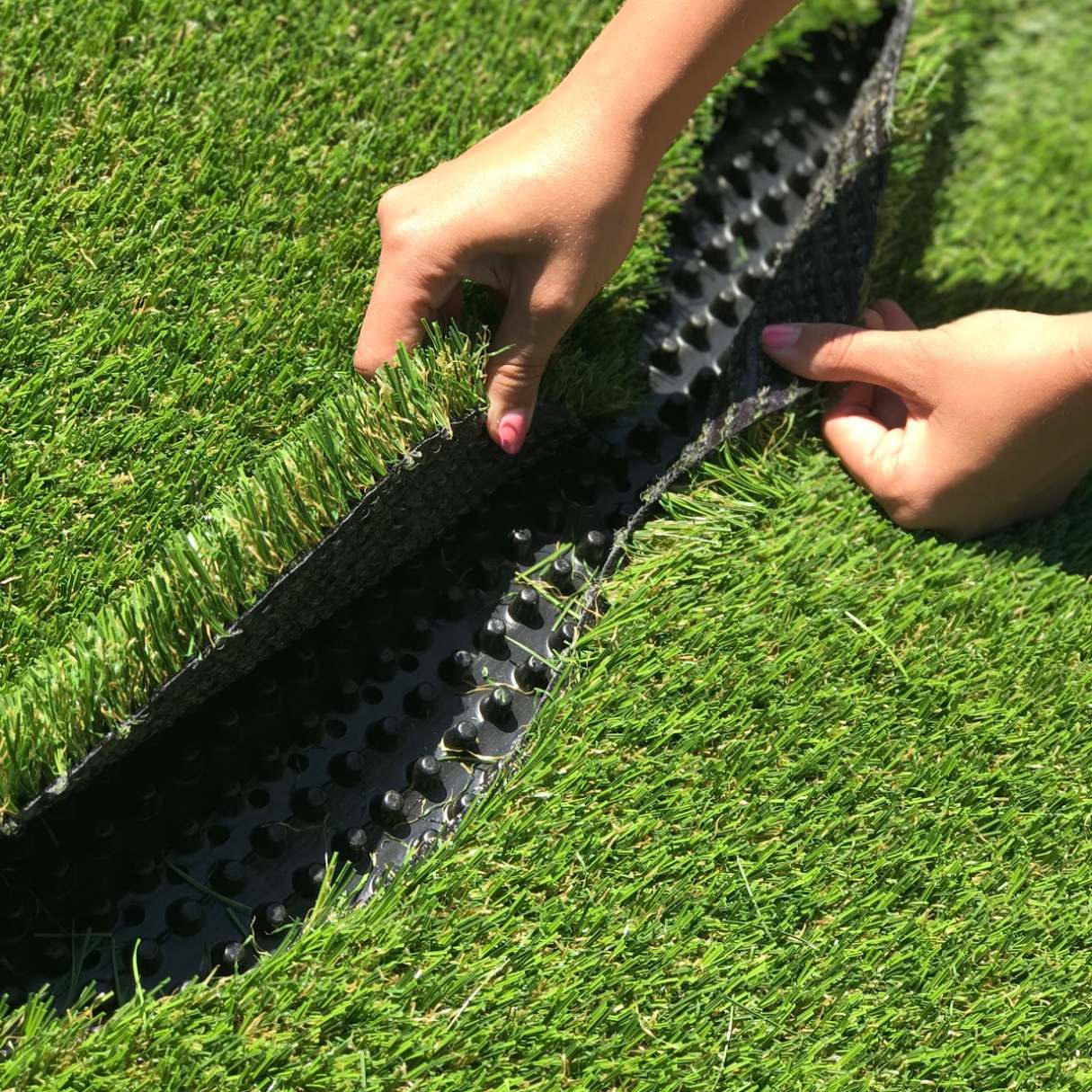
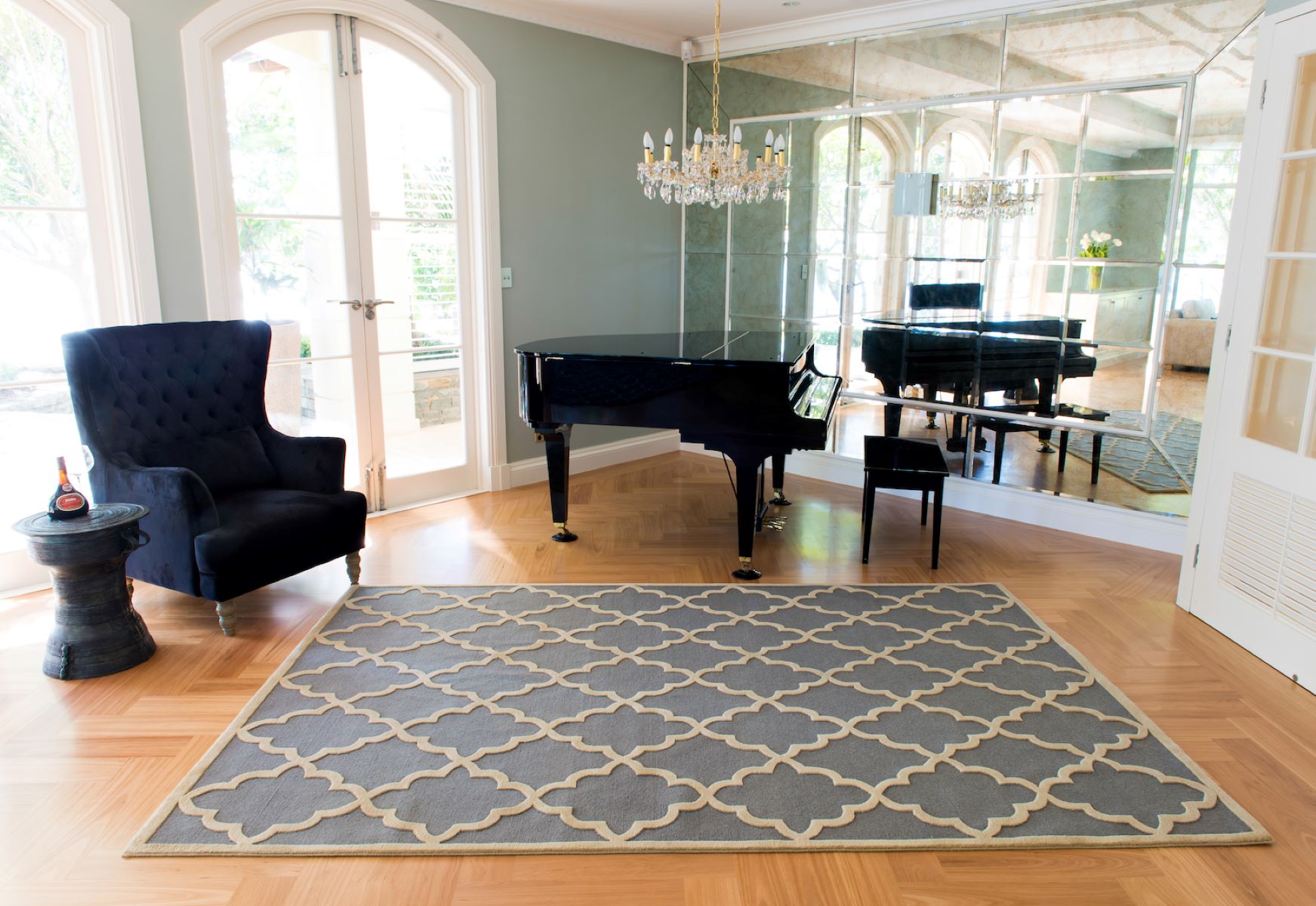
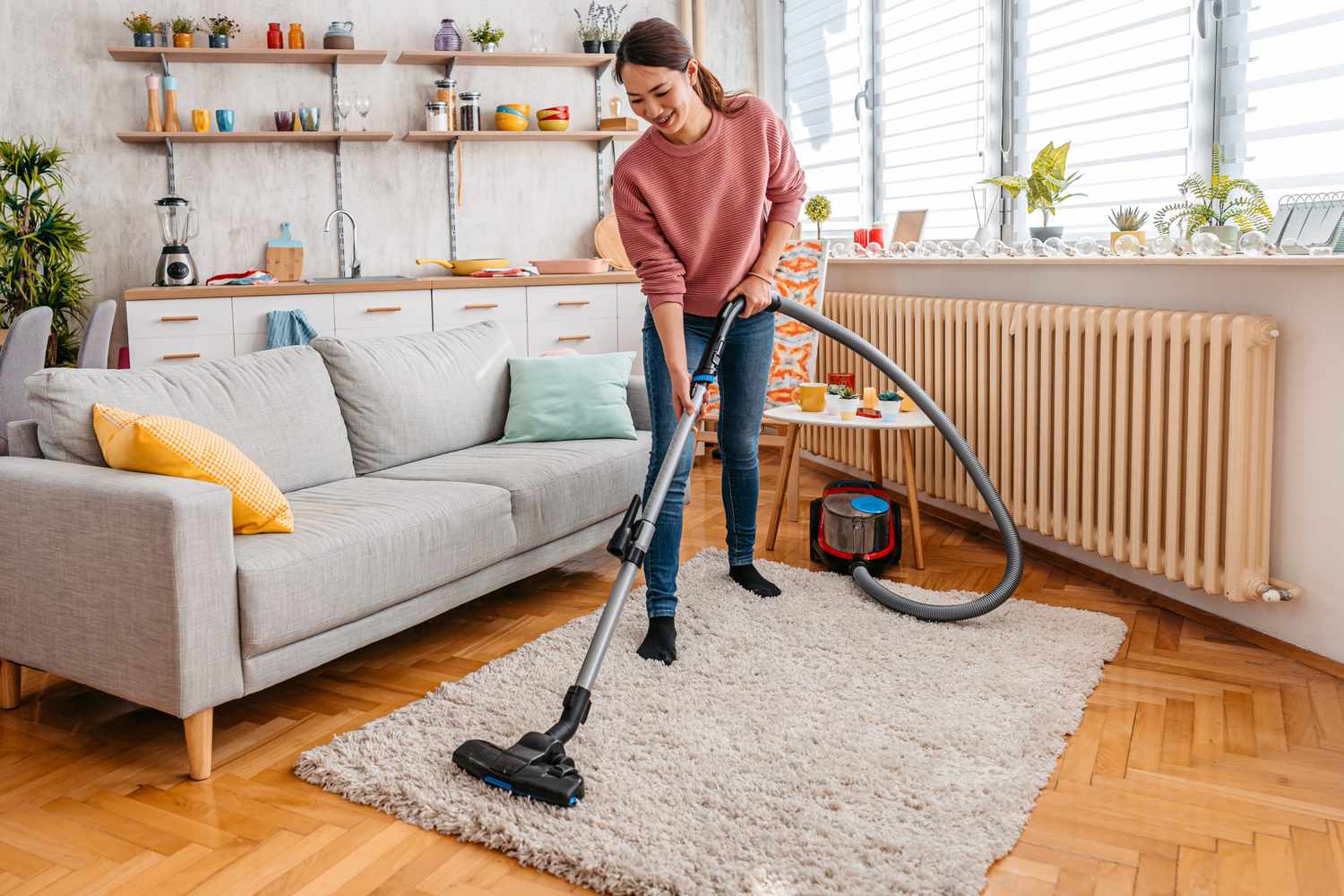
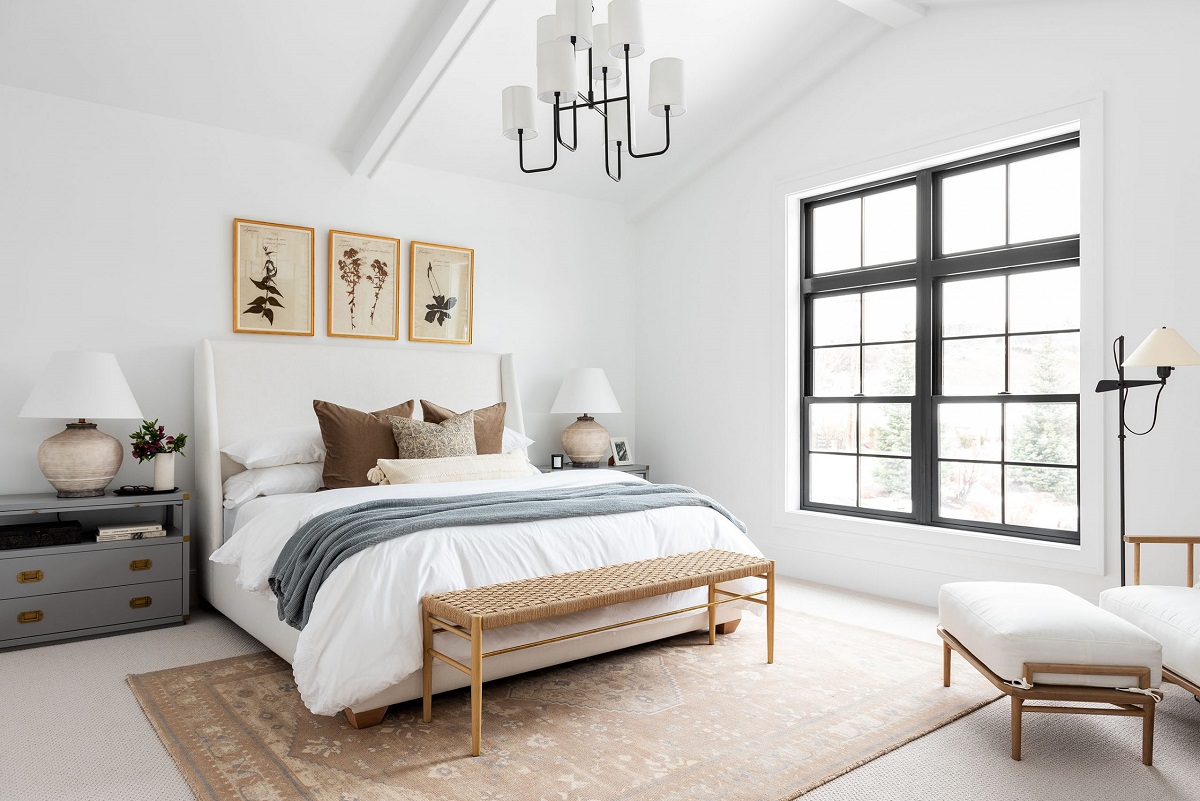
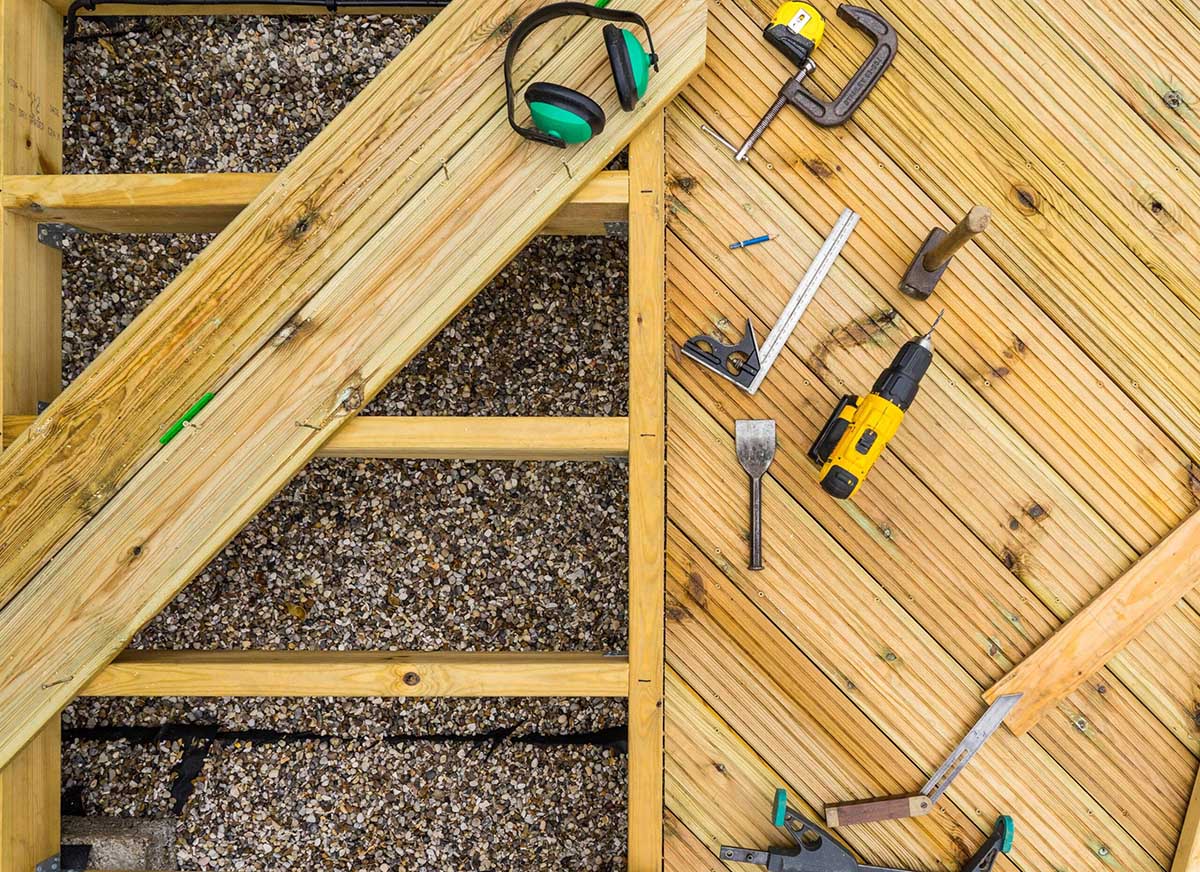
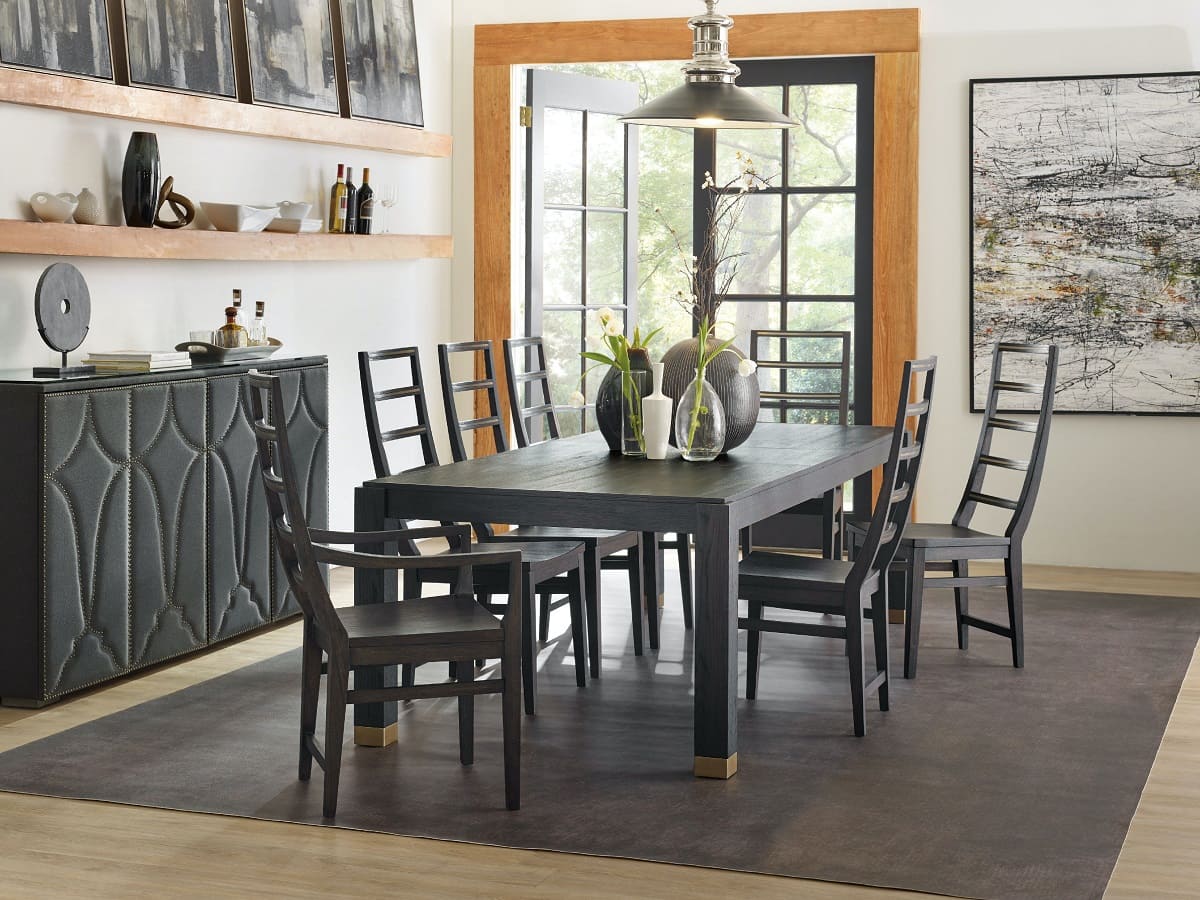
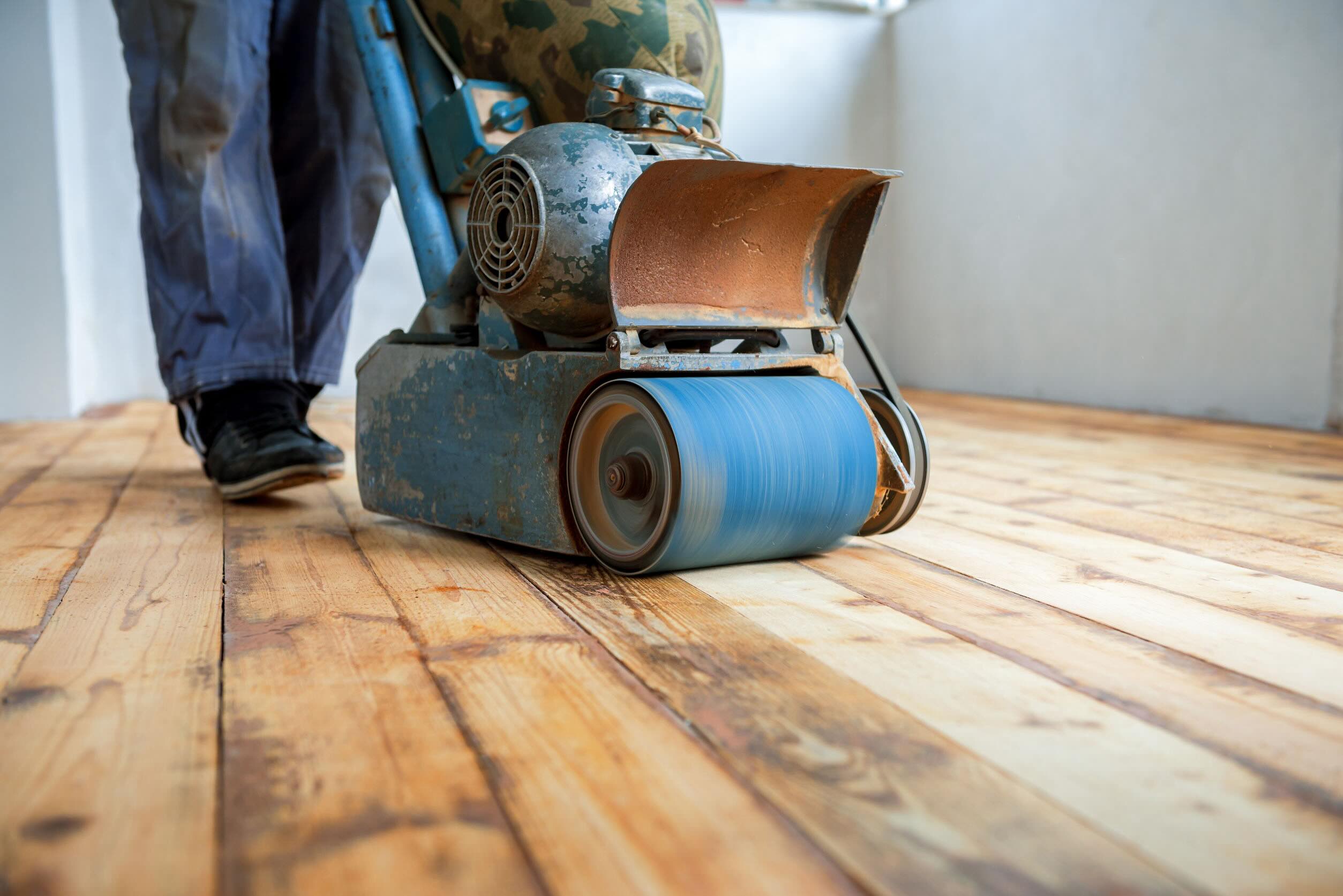
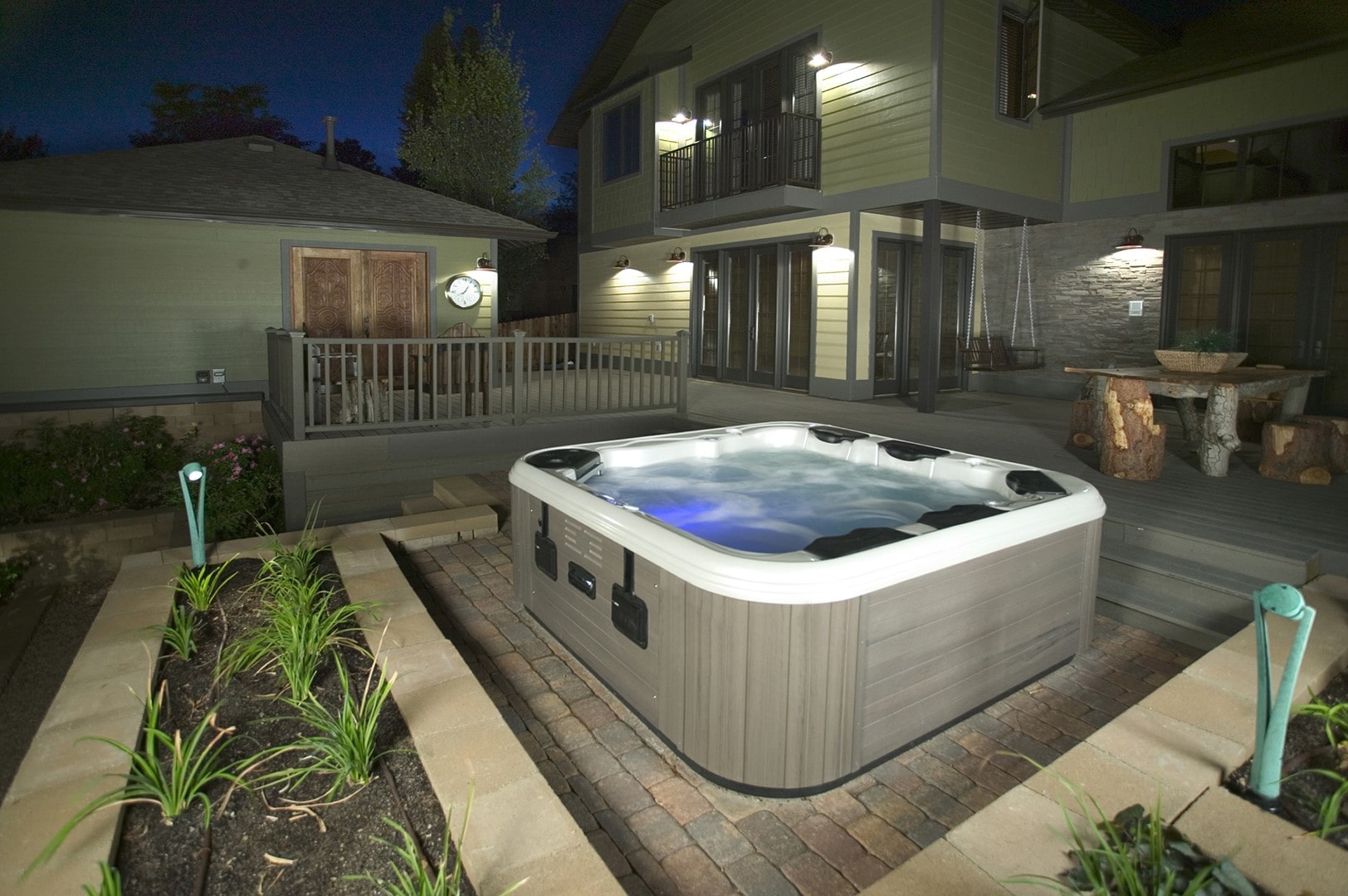
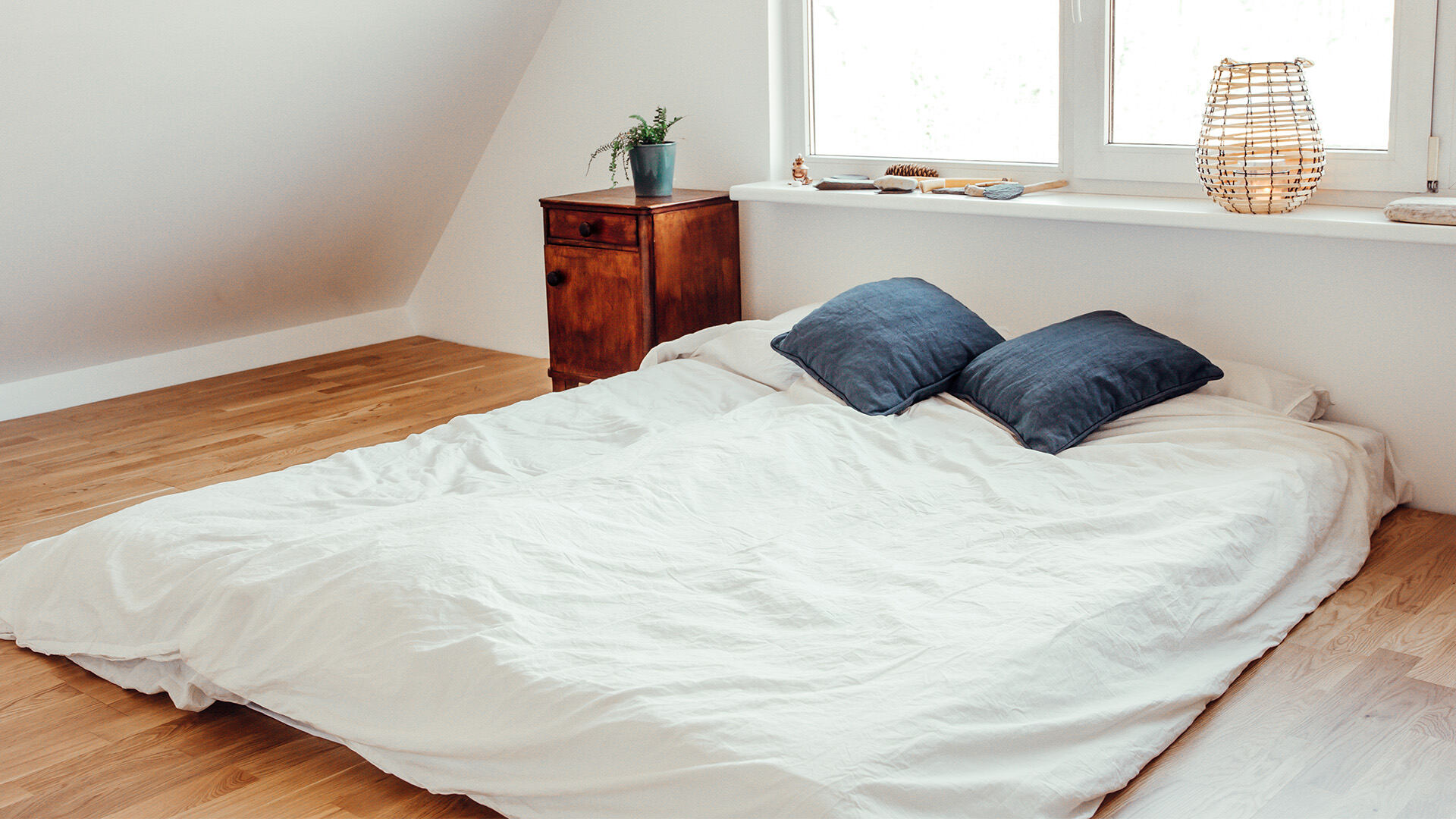
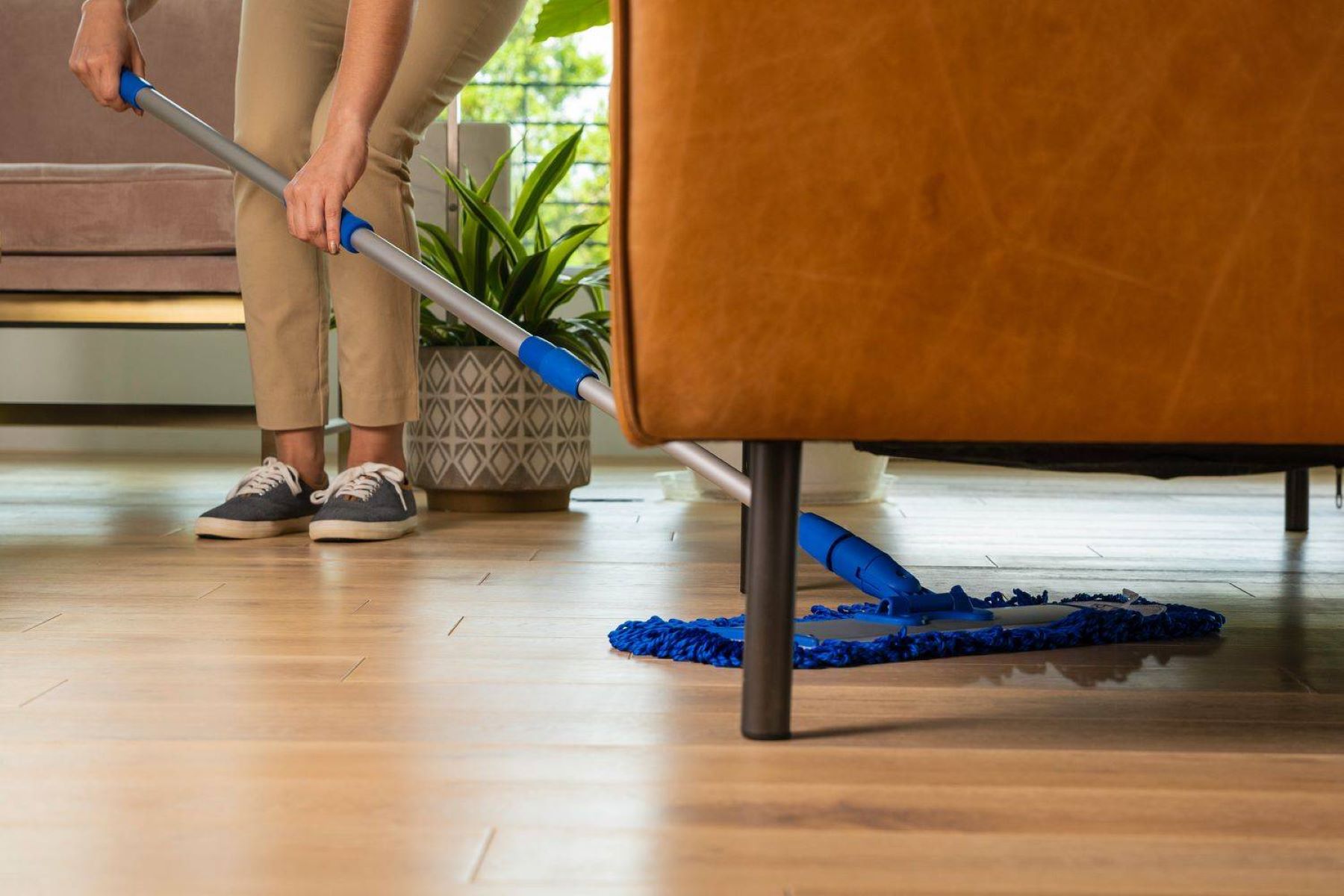
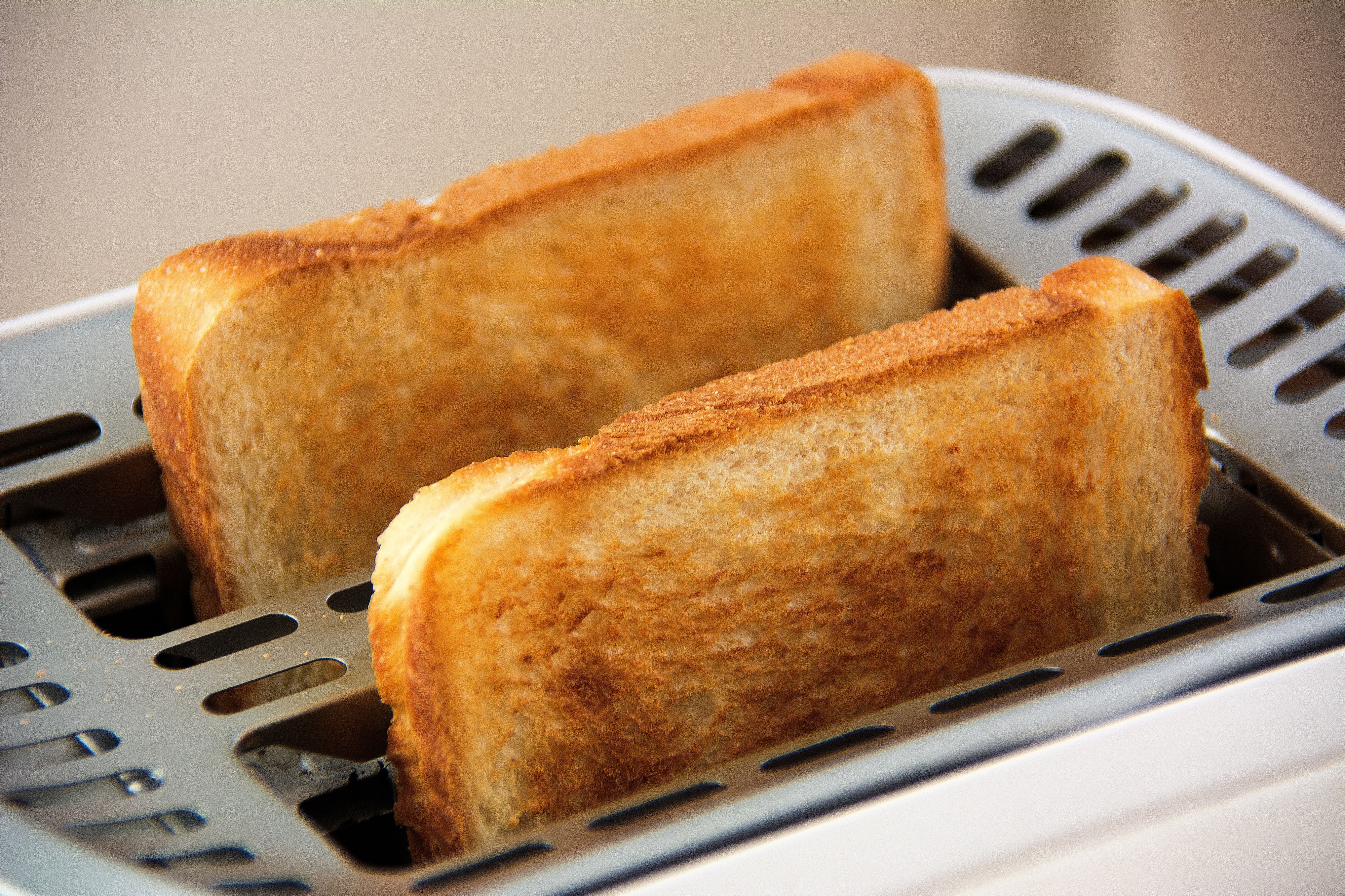

0 thoughts on “What Do You Put Under Rugs On Hardwood Floors”